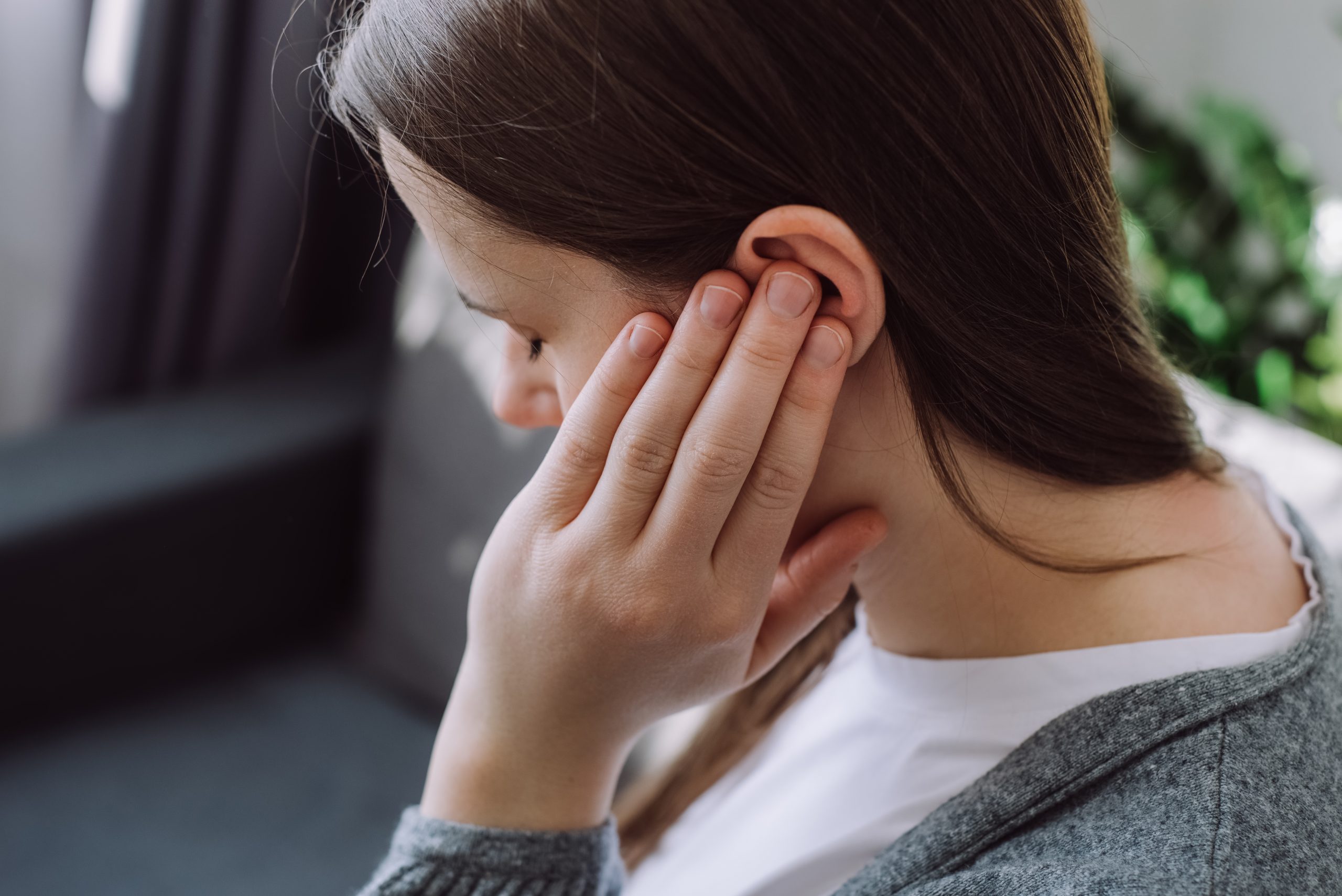Hearing is an essential sense that connects us to the world around us. However, various factors can contribute to hearing problems, affecting our ability to communicate and engage fully in daily activities. Recognizing the symptoms of common hearing problems is crucial for seeking appropriate treatment and improving overall auditory health. In this article, we will explore the most prevalent hearing problems and discuss their symptoms.
- Sensorineural Hearing Loss: Sensorineural hearing loss is the most common type of hearing loss, often caused by damage to the hair cells in the inner ear or the auditory nerve. Symptoms may include difficulty understanding speech, particularly in noisy environments, muffled or distorted sound perception, difficulty hearing high-pitched sounds, and the need to increase the volume on electronic devices.
- Conductive Hearing Loss: Conductive hearing loss occurs when sound waves are unable to reach the inner ear due to blockage or damage in the outer or middle ear. Symptoms may include reduced volume or clarity of sounds, difficulty hearing soft or distant sounds, a feeling of fullness or pressure in the ears, and ear pain or discharge.
- Tinnitus: Tinnitus is the perception of ringing, buzzing, hissing, or other phantom sounds in the ears. It can be a symptom of an underlying condition or a standalone issue. Tinnitus can vary in intensity and may be constant or intermittent. It can be accompanied by hearing loss, dizziness, or ear discomfort.
- Presbycusis: Presbycusis refers to age-related hearing loss, which typically occurs gradually as we age. Symptoms may include difficulty hearing high-frequency sounds, speech clarity issues, the need to increase volume during conversations or while watching TV, and challenges understanding conversations in noisy environments.
- Noise-Induced Hearing Loss: Prolonged exposure to loud noises, such as loud music, heavy machinery, or firearms, can lead to noise-induced hearing loss. Symptoms may include difficulty understanding speech in noisy environments, ringing or buzzing in the ears, and increased sensitivity to loud sounds.
- Otosclerosis: Otosclerosis is a condition characterized by abnormal bone growth in the middle ear, resulting in hearing loss. Symptoms may include gradual hearing loss, particularly for low-frequency sounds, difficulty hearing in noisy environments, and tinnitus. Otosclerosis commonly affects both ears.
- Meniere’s Disease: Meniere’s disease is a chronic condition affecting the inner ear and causing recurrent episodes of vertigo, hearing loss, tinnitus, and a feeling of fullness or pressure in the affected ear. Symptoms can be unpredictable and vary in intensity and duration.
- Ear Infections: Ear infections, such as otitis media, can lead to temporary hearing loss, particularly in children. Symptoms may include ear pain, fluid drainage from the ear, fever, reduced responsiveness to sounds, and irritability or fussiness in infants and young children.
- Acoustic Neuroma: Acoustic neuroma is a noncancerous tumor that develops on the vestibular nerve, which connects the inner ear to the brain. Symptoms may include gradual hearing loss, tinnitus, dizziness or loss of balance, and a feeling of fullness in the affected ear.
- Cerumen (Earwax) Blockage: Excessive earwax buildup can lead to temporary hearing loss or discomfort. Symptoms may include a sensation of fullness or blockage in the ear, earache, tinnitus, or difficulty hearing certain sounds.
If you experience any of these symptoms, it is important to consult an audiologist or an ear, nose, and throat specialist (otolaryngologist) for a thorough evaluation and appropriate treatment. Early detection and intervention can significantly improve the management and outcomes of hearing problems.





